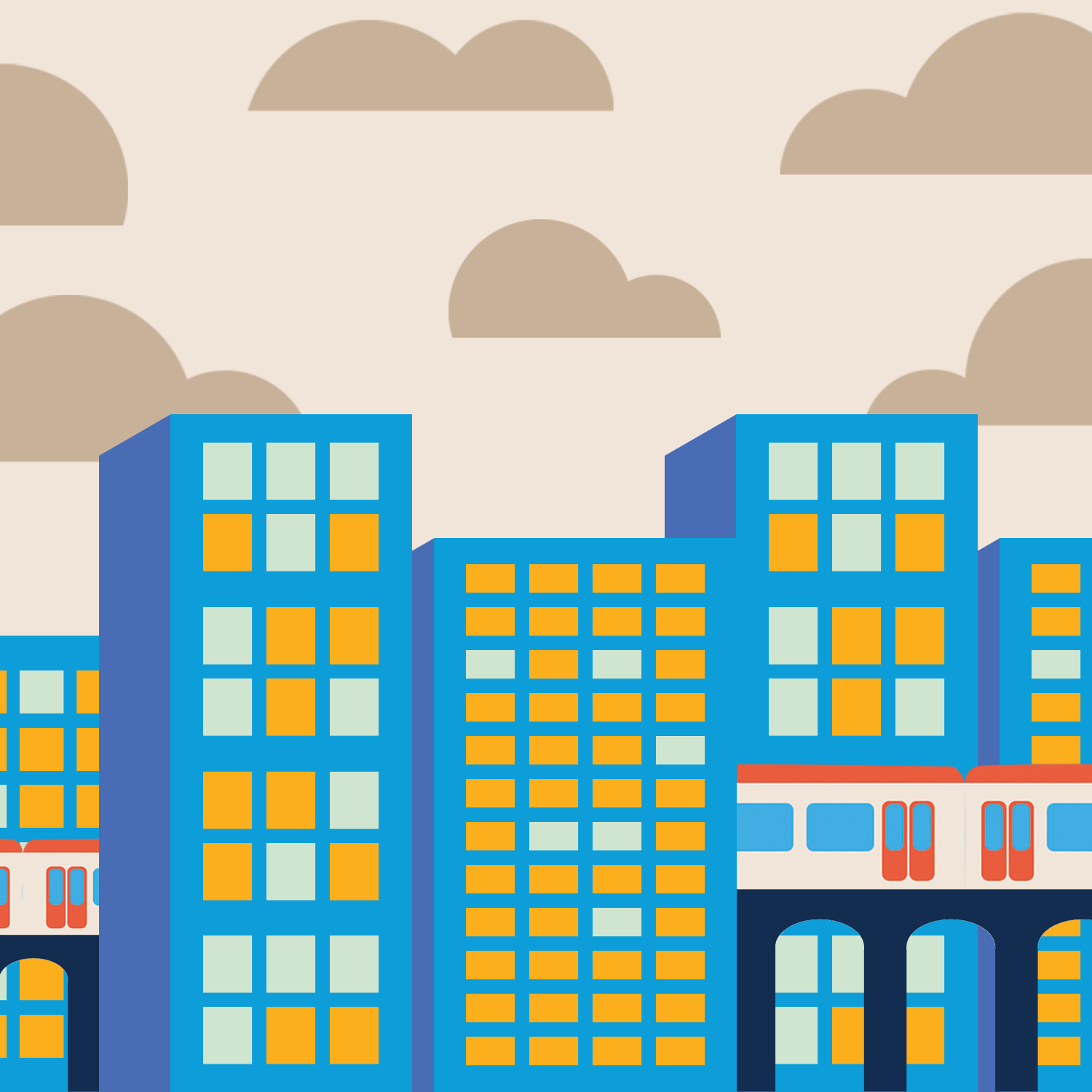The COVID pandemic has led to massive income losses for Filipinos. The Duterte administration suspended mass transport, including jeepneys, when the enhanced community quarantines (ECQ) in Luzon and other parts of the country were declared in March. Quarantine measures have eased in general community quarantine (GCQ) areas and public transport has resumed in phases.
The government is attempting to usher economic activity back but public utility jeepney (PUJ) drivers keep getting left behind.
Lost income and jeepney modernization program
Three months into the pandemic, the social welfare department reported some 36,200 jeepney drivers of over 200,000 nationwide getting cash aid under Bayanihan 1. Even so, many jeepney drivers only received one tranche of the Php5,000-8,000 of social amelioration. IBON estimated that around 55,000-70,000 jeepney drivers in Metro Manila each lost an average of Php26,000 per month of lockdown over the first three months of suspended mass transport for a total of Php78,000 each.
When quarantine measures eased, the Department of Transportation (DOTr) prioritized modernized jeepneys in resuming operations in Metro Manila which left most PUJ drivers still unable to operate. More traditional jeepneys have recently been allowed back on their routes but physical distancing protocols make them operate on just half-capacity and, thus, their earnings are also halved accordingly.
The PUJ sector along with other vulnerable sectors have been calling for additional aid as the COVID-19 pandemic continues to rage. However, although the government is moving to gradually resume economic activity, it is allocating less and less for emergency subsidies.
The Php5.58 billion in aid promised PUJ and transport network vehicle (TNV) drivers under Bayanihan 2, for instance, only means an average of Php116-225 per driver per day* spread across four subsequent months of lockdown since the expiration of Bayanihan 1 in June 30. The 2021 proposed national budget allocation for overall emergency aid is even smaller at just Php9.9 billion.
The DOTr announced that it was doubling the subsidy for jeepney operators switching to modernized jeepneys from Php80,000 to Php160,000. However, this is still not enough as modernized jeepneys cost around Php1.6-2.2 million each.
The slow modernization of jeepneys is also a sign that the program is failing. During the 2019 budget hearing of the DOTr, it was reported that the jeepney modernization program was only able to modernize 1.5% of its initial target more than two years after it started. Thus, the DOTr took a step back on the jeepney modernization program and said that it will allow old jeepneys on the roads provided they pass “roadworthiness” standards.
Transport budget for infrastructure
The DOTr is proposing a Php143.1 billion budget for 2021. Of this, Php112.8 billion are capital outlays for railways, seaports and airports.
Of this, Php96.2 billion will be funded by ODA. Specifically, this ODA funding will cover the rail transport program or the construction of the Metro Manila Subway Project Phase 1, North-South Commuter Railway System, and Philippine National Railway (PNR) South Long-Haul Project.
If the government was sincere about its jeepney modernization program not displacing so many drivers and small operators, it could have increased the subsidy for this program. The government counterpart funding for these 3 railway infrastructure projects is worth Php12.6 billion. This could have been an additional Php181,000 jeepney modernization subsidy if shared among 70,000 jeepney drivers in Metro Manila.
While these expansive mass transport projects will provide faster trips across longer distances, Filipinos still rely on jeepneys as a mode of transportation for short distances or the first or last miles. Increasing subsidies for jeepney modernization is actually a win for both the government and jeepney drivers with the government taking strides towards its goal and jeepney drivers keeping their livelihood.
Keyword: Pandemic
Because of the coronavirus crisis, the Land Transportation Franchising and Regulatory Board (LTFRB) issued Memo Circular 2020-017 which only allows modernized jeepneys and traditional jeepneys under a corporation or cooperative to operate. This leaves out small jeepney operators and drivers. Unlike big corporate fleet operators, they can ill-afford the costly modernized jeepneys, or even the fees and requirements to form a cooperative. They are even less able today after months of lost incomes and depleted savings.
The government should prioritize subsidizing small jeepney drivers and operators and at least postpone costly infrastructure projects that are less urgent because of the pandemic. More railways, seaports, and airports might always seem like a good thing. However, it has always been questionable if these deliver the best economic and development returns for the huge spending on them and the increased debt taken out. Certainly, the emerging needs of vulnerable sectors because of the pandemic should be a more pressing use for scarce funds.
The Duterte administration should support drivers and operators with emergency subsidies for upgrading or replacing their units to meet safety, health and environmental standards. Getting them back on the road will contribute to spurring economic activity. It will also increase the mobility of the working people who are the most crucial elements in economic recovery.






